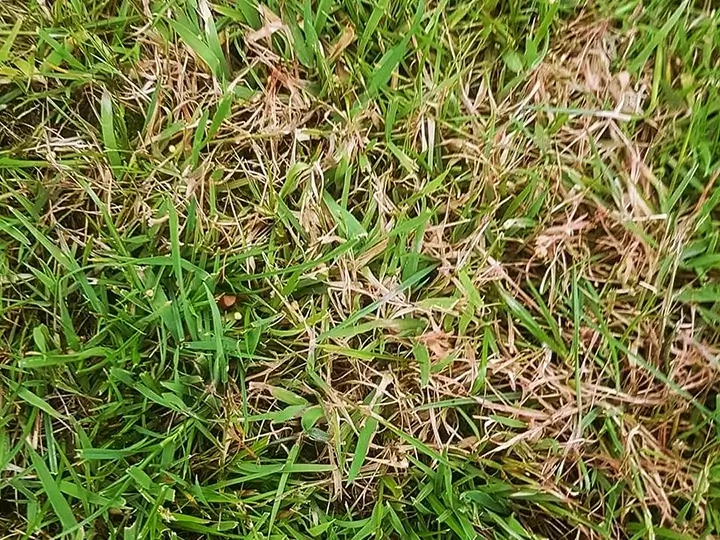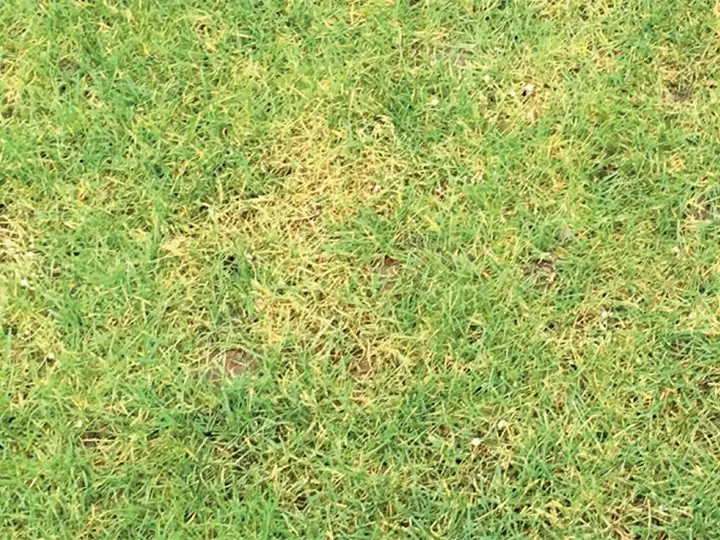7 Must-Do Tasks for Autumn Lawn Care
Last Updated: 16/05/2025
As the leaves start to change to burnt orange and yellow, the autumn season is crucial for lawn care and setting the stage for a lush, green spring ahead.
Raking leaves, aerating the soil and over-seeding are a few essential autumn lawn care tasks. These duties assist in preparing your lawn for harsh winter conditions and maintaining its revival for spring.
Whether you're a seasoned gardener or a budding beginner, this checklist can help you maintain a healthy, beautiful lawn all year round.
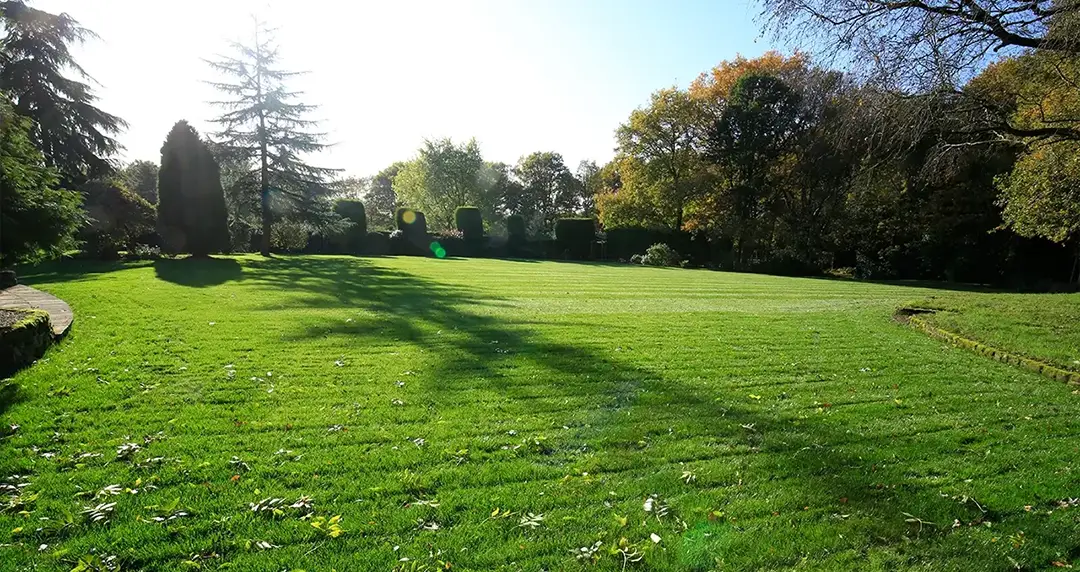
Importance of Autumn Lawn Care
Autumn lawn care is more than just a routine task. It's a strategic process that prepares your lawn for the winter and ensures healthy regrowth in spring.
During this season, the grass is actively absorbing energy, moisture, and nutrients in preparation for the long, dormant winter. Within this period, your efforts can significantly impact its health and appearance in the coming seasons.
Furthermore, autumn lawn care prevents common lawn diseases and pests. By raking fallen leaves, aerating the soil, and having the right fertilisers applied, you can protect your lawn from moss occurrence, fungal infections and stress - to give it the best chance of thriving, regardless of the challenges winter may bring.
1. Clearing leaves and debris
Seeing the colour of fallen leaves on the ground may look aesthetically pleasing, however, they can do more harm than good. When the leaves pile up, they prevent the grass from receiving sunlight and vital nutrients, which is essential for the plant to survive. The result of this occurring is then bare patches, moss and weed infestation, and it also allows undesirable weed grasses to establish easier.
To combat this, regular raking or using a leaf blower can help keep your lawn clean and healthy.
Remember too that whilst your lawnmower is not intended for the task of leaf clearance, any lawnmower with a collection box is effectively a vacuum cleaner for your lawn, so they do a pretty decent job of helping clear the leaves while you mow.
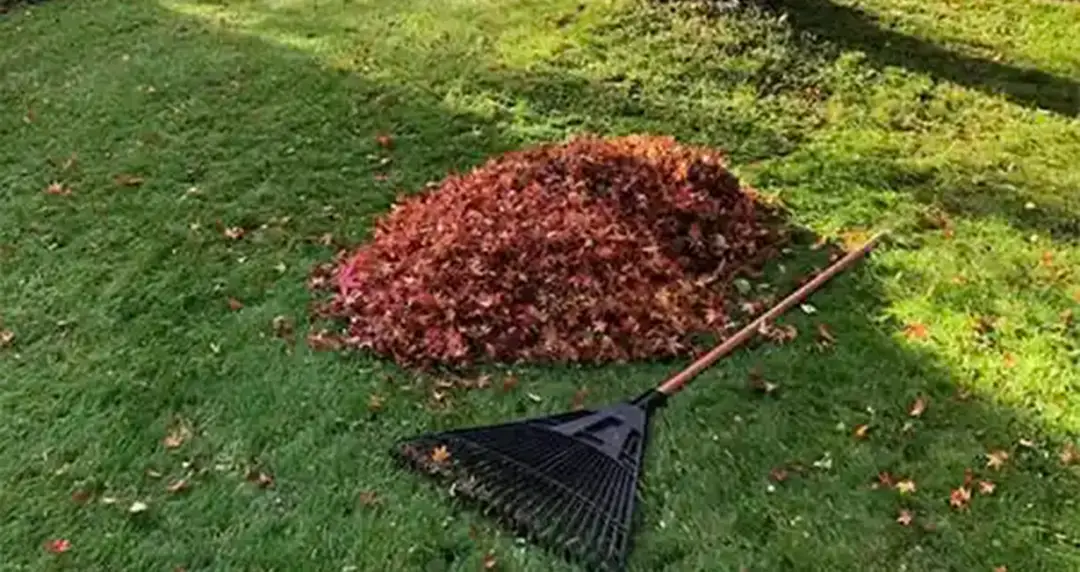
2. Mowing in Autumn
As we head towards late autumn and the temperature dips suddenly, grass growth starts to decline but contrary to belief, it doesn't stop completely. It's recommended to continuing mowing however, on a higher setting than usual to leave the grass slightly taller. This helps the grass photosynthesize and strengthens roots for winter.
Top tip: don't cut your too short as it can expose your grass to moss and certain turf diseases.
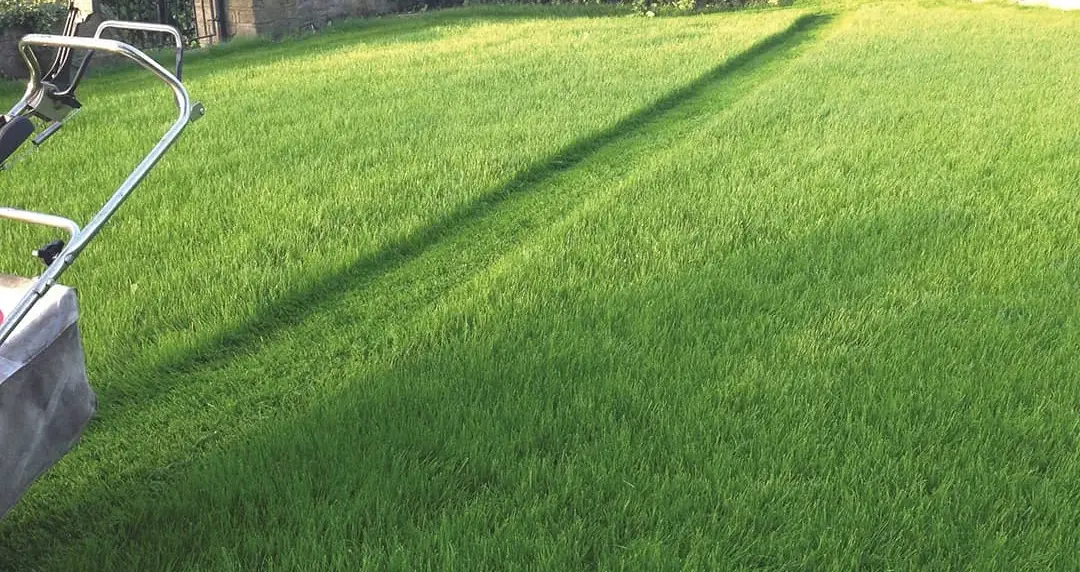
3. Aerate the Lawn
Aeration is one of the fundamental parts of autumn and winter lawn care. It involves creating small holes in the soil to allow air, water, and nutrients into the ground. This helps the roots grow deeper, resulting in a stronger, heathier lawn. As the procedure ultimately helps reduce wetness of the lawn surface, aeration in turn reduces moss occurrence as moss cannot establish as easily where there is less moisture present.
The best time to aerate is autumn and winter as the lawn will be wet enough to allow the procedure to be carried out to an effective standard - in other words, the tine bars will be able to penetrate into the soil properly. You can book in your aeration with your local lawn representative.
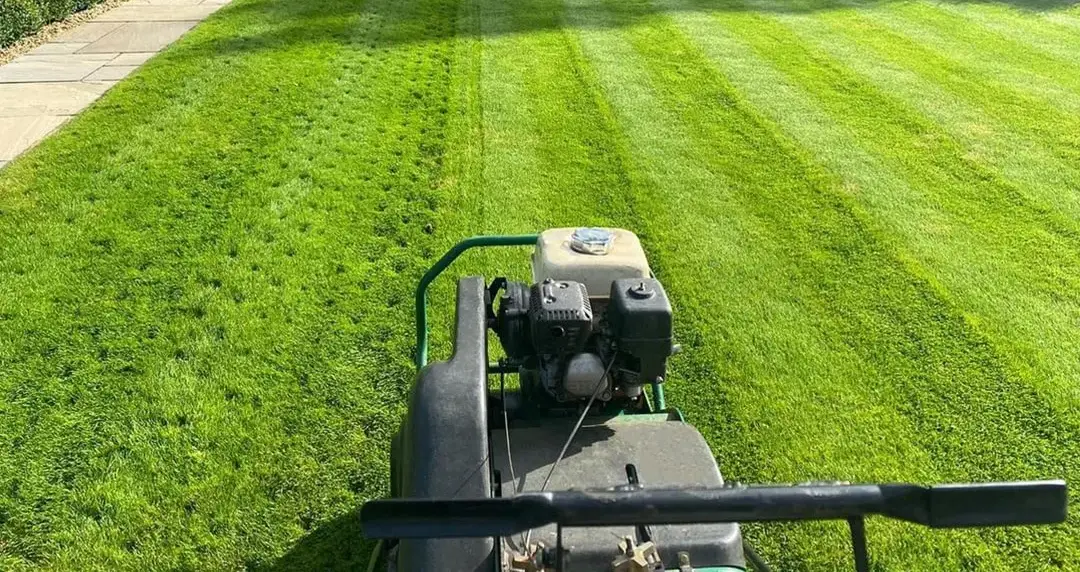
4. Over-Seeding
Over-seeding can enhance your lawn's thickness and it's a great way to fill in thin areas and improve the overall health and appearance of your lawn.
Doing this in autumn is beneficial as the seeds will germinate due to the conditions still being warm and helps deter the moss and weeds from establishing. Your local lawn representative can provide over-seeding services for you.

5. Fertilising
One of the most important fertiliser applications of the year is the autumn treatment as it prepares your lawn for the harsh winter conditions ahead. Aiding leaf and root strength, it ensures that the grass is healthy enough to survive the winter and thrive into spring.
Our standard treatment programme helps facilitate 5 feed and weed applications a year which is tailored to what your lawn requires at the time, throughout all seasons.
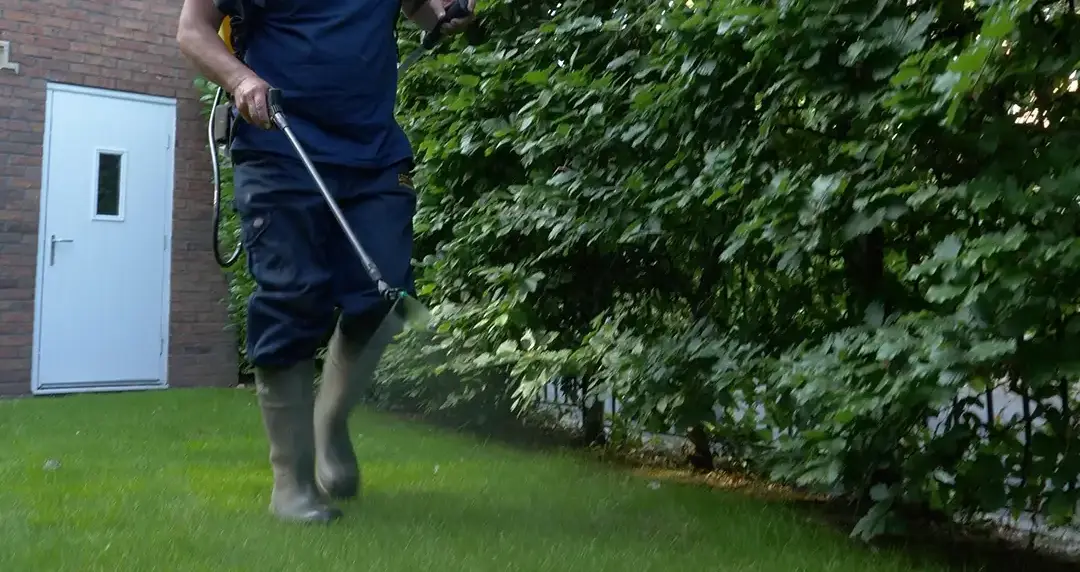
6. Identify and Treat Lawn Diseases
There's a couple of autumnal lawn diseases that tend to appear during this season. Keep an out for Red Thread and Fusarium Patch in particular.
Fertilising and aerating typically ensures that your lawn won't get these diseases, but it's impossible to guarantee that this will be the case. If you do notice signs of disease, please get in touch with your local lawn care representative for correct disease identification.
7. Preparing Lawn Equipment for Winter Storage
As autumn concludes, it's time to prepare you lawn equipment for winter storage. Clean and service your mower and other tools - find out more about mower maintenance.
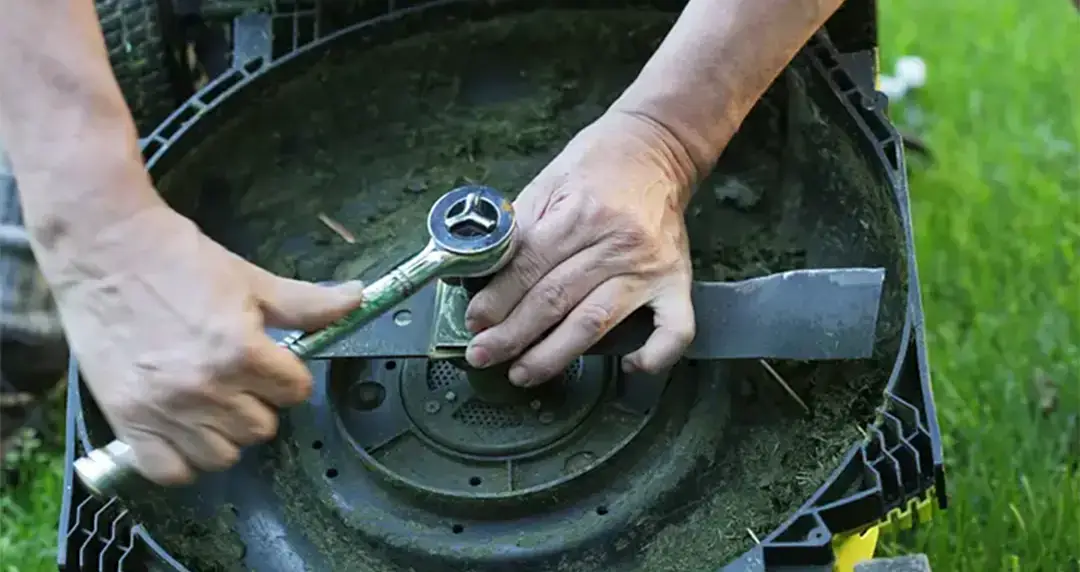
Conclusion
Autumn is a crucial time for lawn care and prepares the foundations for a vibrant, green lawn in spring. By following the above seven steps, you can ensure that your lawn is ready to endure the winter challenges and emerge healthy in spring. Our standard treatment programme takes control of preparing your lawn with fertilisers and aeration throughout the year so you can sit back and enjoy your lawn, season after season.
For Further Information
Learn more about Red Thread Disease.
Learn more about Leaf Spot Disease.
Learn more about Our Standard Treatment Programme.
Written by Lawn Master Head Office. 25 Years of Professional Lawn Care Services
About Lawn Master
For the past 25 years, Lawn Master has been providing professional lawn care services and expanding across the UK with a big difference. The difference being that we insist that all of our franchisees are pre-experienced turf industry professionals.







